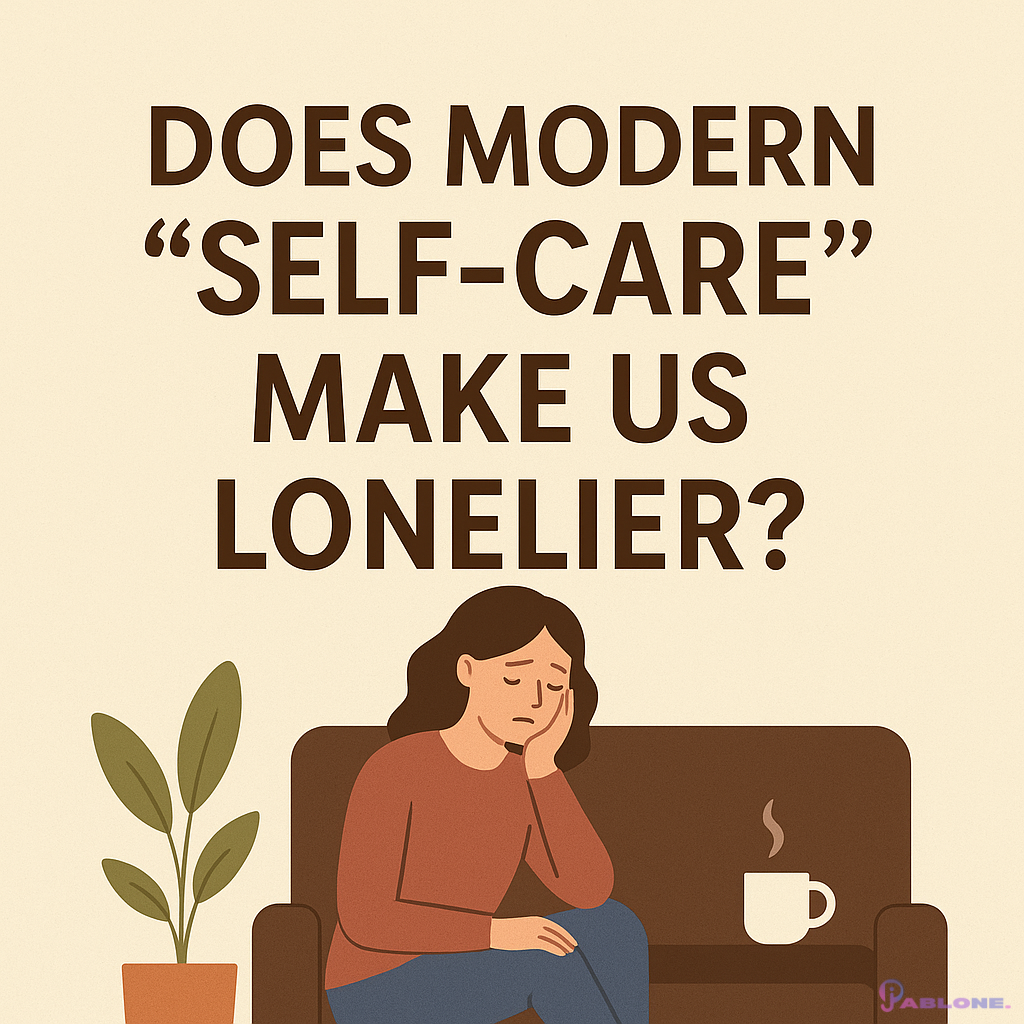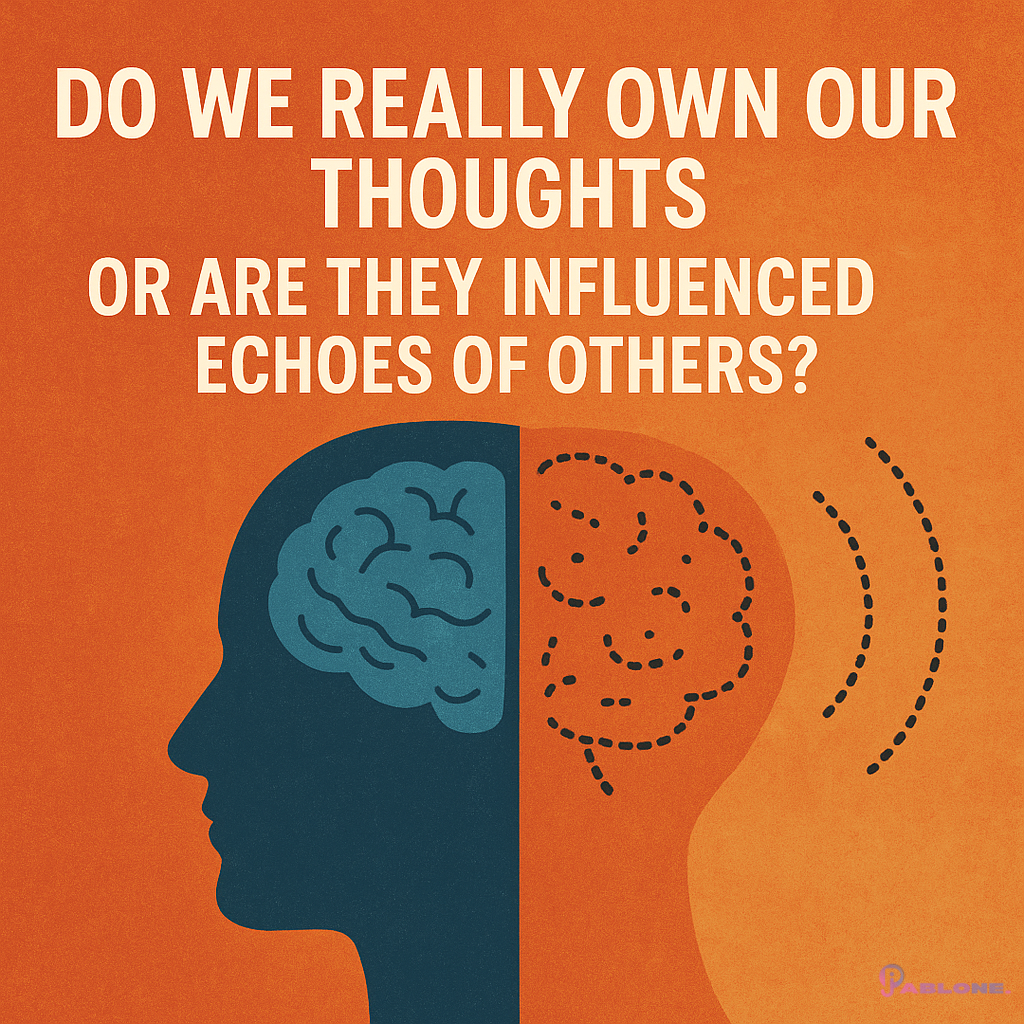Introduction:
Myths have a curious way of entwining themselves into the fabric of our beliefs, often blurring the lines between fact and fiction. These misconceptions, born from a variety of sources including folklore, cultural traditions, and misinformation, can persist despite evidence to the contrary. In this expansive exploration, we embark on a journey to unravel the truths behind some of the most prevalent myths, armed with facts, logic, and a commitment to dispelling falsehoods.
Myth 1:
“You Only Use 10% of Your Brain” One of the most enduring myths surrounding the human brain is the belief that we only utilize a fraction of its potential. This notion has been perpetuated through popular culture, appearing in films, books, and self-help literature. However, neuroscientists have long refuted this claim, emphasizing the brain’s remarkable complexity and efficiency.
The truth is that the brain is a highly dynamic organ, with different regions responsible for various functions. Through sophisticated neuroimaging techniques such as functional magnetic resonance imaging (fMRI), researchers have demonstrated that even seemingly simple tasks engage multiple areas of the brain simultaneously. Whether it’s processing sensory information, regulating emotions, or performing complex cognitive tasks, the brain is in a constant state of activity.
While it’s true that certain areas of the brain may be more active during specific tasks, the idea that vast portions remain dormant is a myth. This misconception likely stems from a misinterpretation of early neurological research, which suggested that only a fraction of neurons fire at any given time. However, subsequent studies have debunked this notion, revealing the brain’s capacity for intricate neural networks and parallel processing.
By debunking the myth of the “10% brain,” we gain a deeper appreciation for the complexity and potential of the human mind. Rather than underestimating our cognitive abilities, we can recognize the brain as a marvel of evolution, capable of extraordinary feats of perception, learning, and creativity.
Myth 2:
“Eating Carrots Improves Your Vision” For generations, parents have extolled the virtues of carrots as a remedy for poor eyesight, often citing the vegetable’s high vitamin A content. While it’s true that vitamin A is essential for maintaining healthy vision, the idea that consuming large quantities of carrots will significantly improve eyesight is a myth.
Carrots contain beta-carotene, a precursor to vitamin A, which plays a crucial role in eye health. However, the body converts beta-carotene into vitamin A only as needed, meaning that excessive consumption of carrots will not necessarily lead to better vision. In fact, consuming large amounts of beta-carotene can cause a harmless condition called carotenemia, characterized by yellowish discoloration of the skin.
While a balanced diet that includes fruits and vegetables is important for overall health, there is no singular food that can miraculously improve eyesight. Instead, maintaining a healthy lifestyle, getting regular exercise, and avoiding harmful habits like smoking are key factors in preserving vision.
By debunking the myth of carrots as a cure-all for poor eyesight, we can encourage people to adopt a more holistic approach to eye health. Rather than relying on quick fixes or dietary fats, we can promote evidence-based practices that support long-term wellness and vitality.
Myth 3:
“Shaving Makes Hair Grow Back Thicker and Darker” Another common myth related to personal grooming is the belief that shaving causes hair to grow back thicker, darker, and more quickly than before. This misconception has led to generations of individuals avoiding shaving certain areas of their body for fear of undesirable consequences.
In reality, shaving has no effect on the thickness, color, or rate of hair growth. When you shave, you’re simply cutting the hair at its thickest point, which can give the illusion of coarser regrowth. Additionally, the new hair has not been exposed to sunlight or other environmental factors, making it appear darker initially.
The perception that shaving leads to thicker hair may also be influenced by the fact that regrowth appears more noticeable against smooth skin. However, scientific studies have consistently shown that shaving does not alter the underlying structure or growth patterns of hair follicles.
By debunking the myth of shaving-induced hair growth, we can alleviate unnecessary anxiety and promote healthy grooming habits. Shaving is a safe and effective method of hair removal that can be incorporated into a regular skincare routine without fear of adverse consequences.
Conclusion:
Myths have a way of infiltrating our collective consciousness, shaping our beliefs and behaviours in subtle yet profound ways. Whether it’s misconceptions about the brain’s capacity, dietary remedies for vision problems, or grooming practices, debunking these myths is essential for fostering a more informed and rational society.
By arming ourselves with facts, logic, and critical thinking skills, we can challenge falsehoods wherever they arise and promote a deeper understanding of the world around us. As we continue to unravel the truths behind common myths, let us embrace the power of knowledge to dispel ignorance and illuminate the path to truth.








Leave a Reply